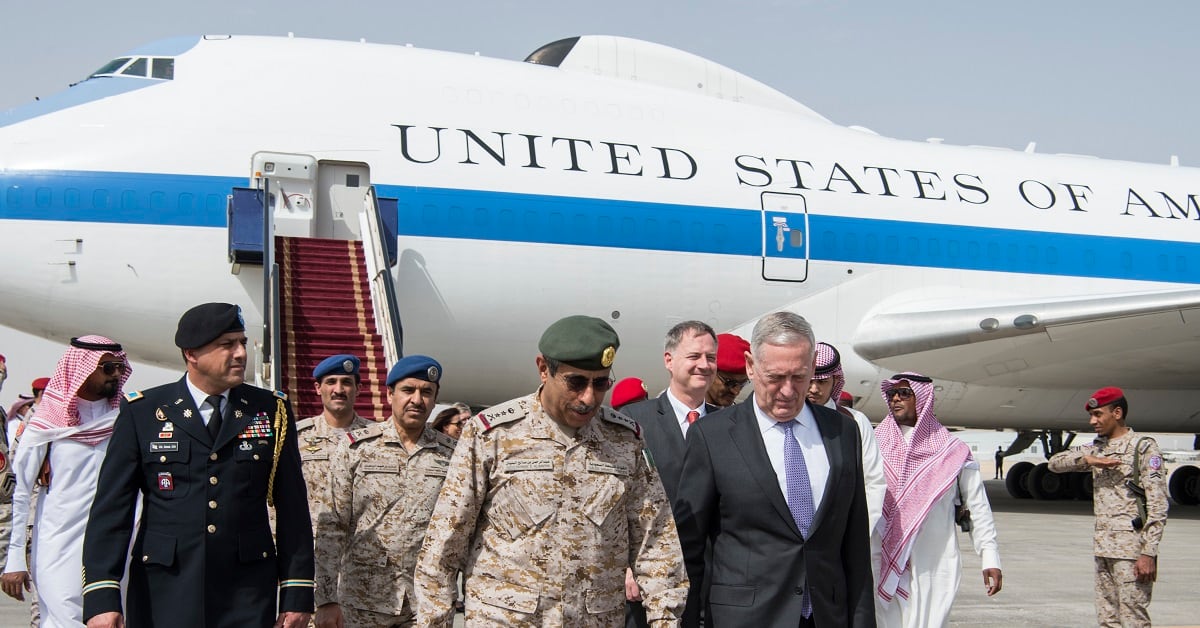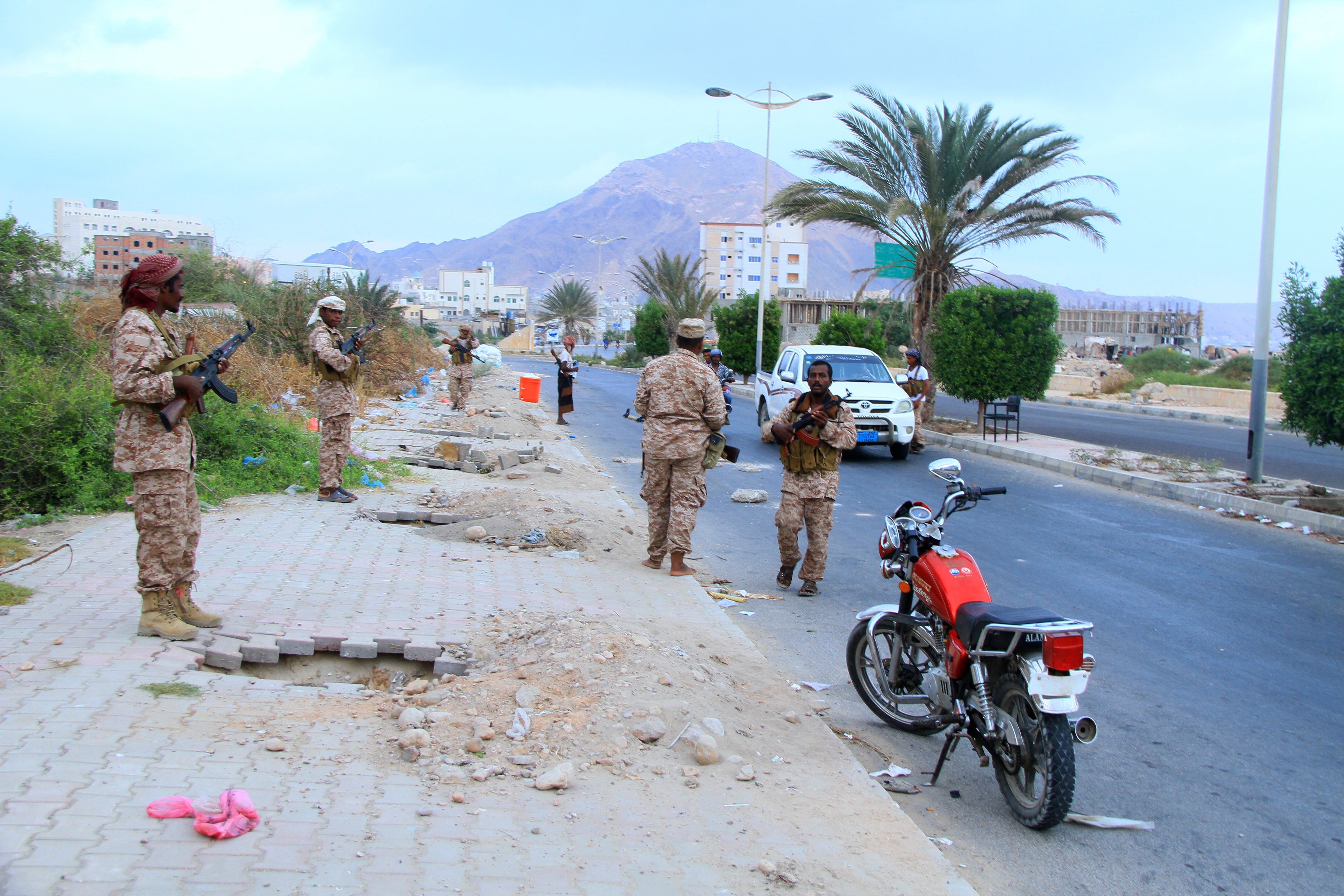In the past three months, U.S. Central Command has launched 17 airstrikes targeting al-Qaida across Yemen, the command announced this week.
These include six airstrikes against al-Qaida in Yemen — known as Al-Qaida in the Arabian Peninsula or AQAP — in February, seven airstrikes against the group in March and four in April, CENTCOM said in its announcement. One airstrike at the end of March in Yemen’s al Bayda governorate is under investigation after it was reported that civilians were killed.
“This sounds like a continuation of the current rate, not an escalation to me,” Maher Farrukh, an al-Qaida analyst at the American Enterprise Institute, said.
“An increase in U.S. airstrikes and Emirati-led and supported counter-terrorism operations in the past year have disrupted AQAP fairly substantially,” Farrukh said. “At one point in 2017, AQAP was conducting near daily attacks against security forces in southern Yemen, now its down to maybe one a week.”
Airstrikes in Yemen kicked up significantly in 2017, after the Trump administration delegated more authorities to military commanders. The United States conducted 125 airstrikes in Yemen in 2017, compared to 44 in 2016, according to data compiled by FDD's Long War Journal, which maintains an active list of airstrikes conducted across the country.
But CENTCOM’s announcement also took time to note the existential threat that al-Qaida poses to the United States from Yemen. That sort of justification appears necessary given the scrutiny America’s far-reaching foreign conflicts are coming under from Congress these days.
“Intelligence and defense communities have assessed AQAP as one of the terrorist groups most committed to and capable of conducting attacks in the United States,” CENTCOM’s statement noted.
"In coordination with the government of Yemen, U.S. forces are conducting a series of counter-terrorism operations against AQAP and ISIS-Yemen," said Lt. Col. Earl Brown, a U.S. Central Command spokesman. "We will continue to disrupt and degrade the ability of AQAP to plan attacks, confronting threats before they reach our borders."
Farrukh said al-Qaida is indeed “very active” in Yemen, and does pose a threat from the war-torn country.
RELATED

However, “AQAP is much more active near the frontline of the civil war where it attacks al Houthi forces,” he added.
The Houthi forces are also the focus of the Saudi-led coalition, which the United States supports through intelligence sharing and aerial refueling — but reportedly not kinetic operations.
“The problem is actually that AQAP is participating in the civil war alongside Saudi-led, coalition-backed forces against the al Houthi movement in places like Taiz, al Bayda, and Ma’rib governorate,” Farrukh said.

Elsewhere, al-Qaida forces do participate in an insurgency against security forces trying to solidify the Yemeni government’s control over its territory.
Farrukh explained that the Saudi-led coalition is supposed to also be fighting al-Qaida, but prioritizes fighting the Iranian-backed Houthis instead.
“At times, the coalition seems to turn a blind to AQAP because AQAP’s forces are also fighting the Houthis,” he said. “Where the lines blur is not between the rebels and radicals but between government-aligned militias and radicals.”
One example of this is when U.S. special operations forces raided an al-Qaida safe-house in al Bayda governate in January 2017.
“One of the senior al-Qaida militants killed in the raid had received $60,000 from the Yemeni government three days earlier to pay his ‘anti-al Houthi fighters,’” Farrukh said.
Kyle Rempfer was an editor and reporter who has covered combat operations, criminal cases, foreign military assistance and training accidents. Before entering journalism, Kyle served in U.S. Air Force Special Tactics and deployed in 2014 to Paktika Province, Afghanistan, and Baghdad, Iraq.





